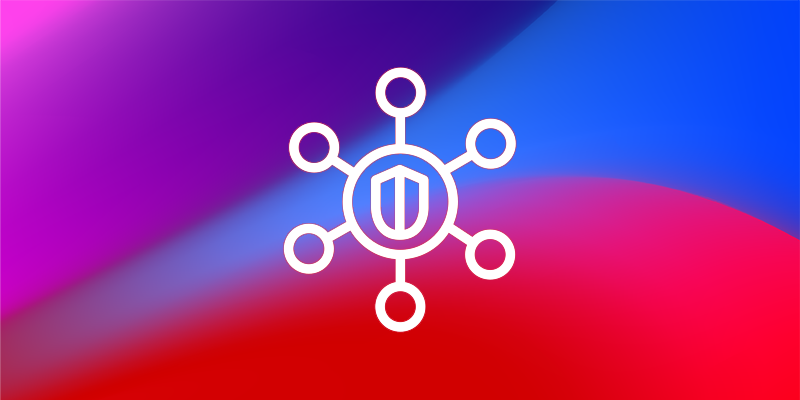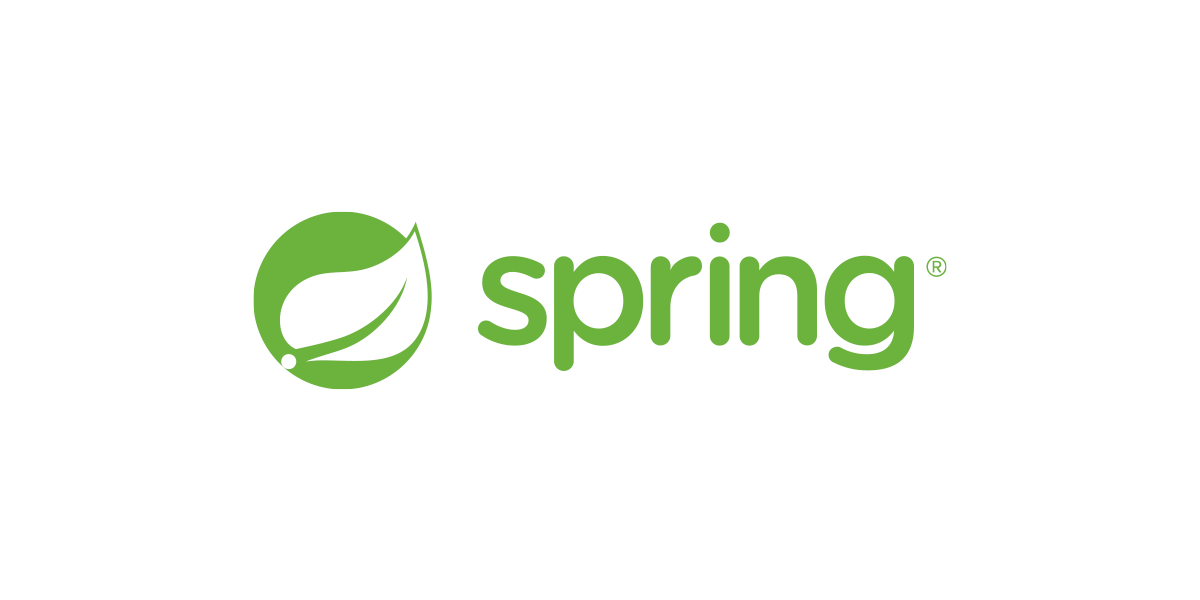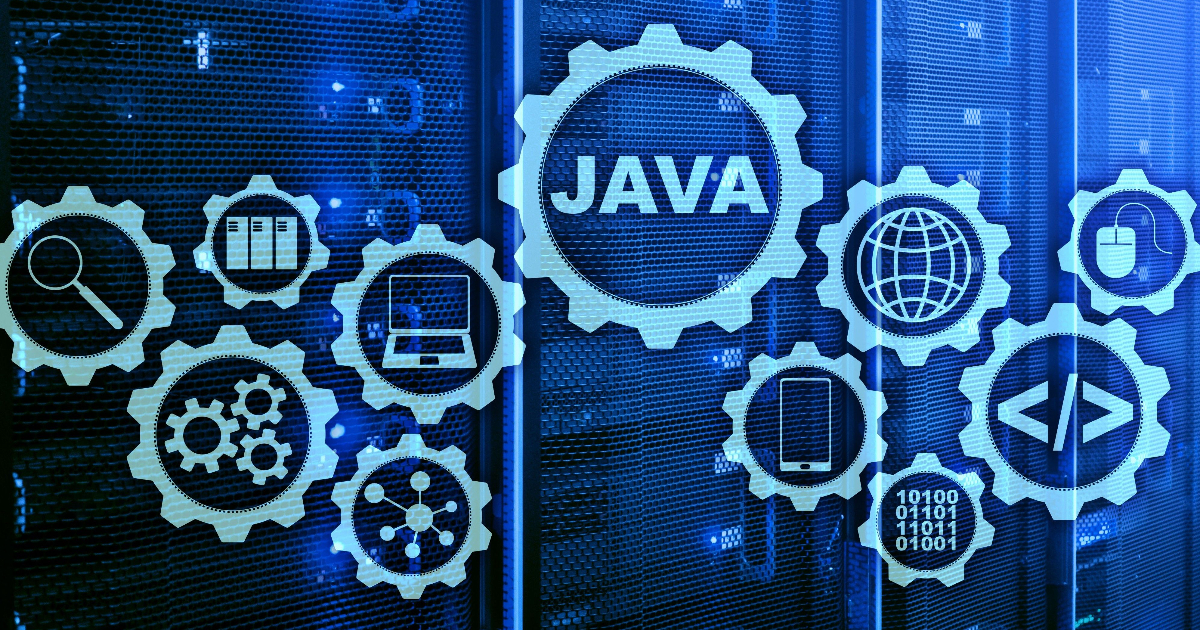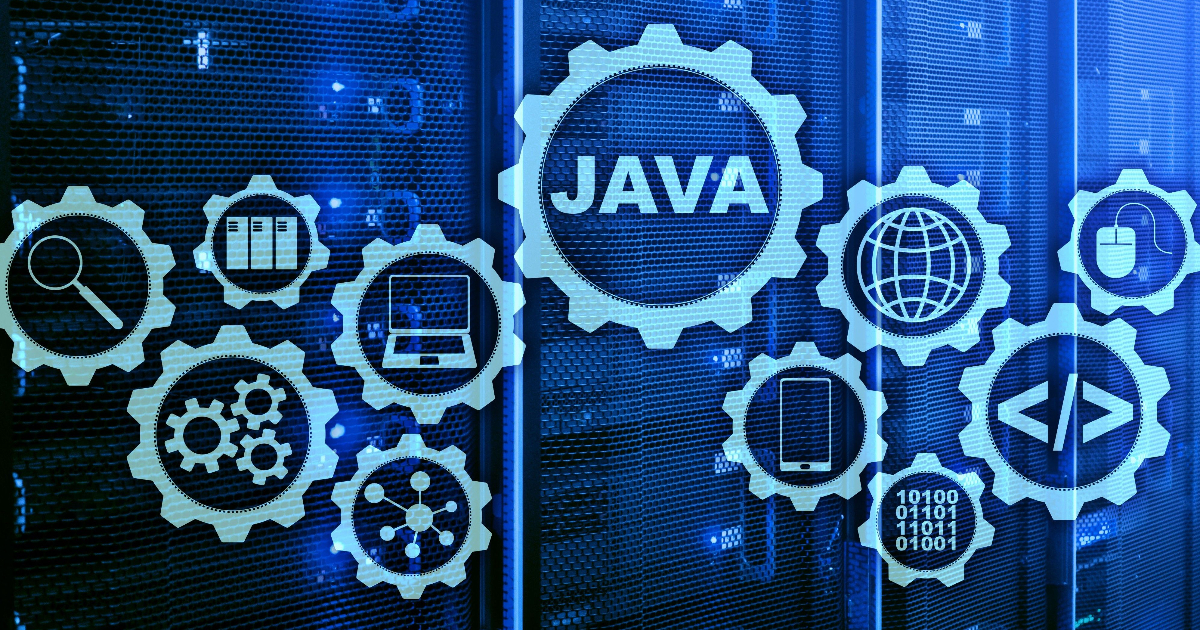标签
security
相关的文章:本列表汇集了最新的安全技术文章,涵盖从Rust发布、AWS安全中心到数据库保护的最佳实践,助您掌握前沿安全动态。
Rust 1.92.0 发布,主要更新包括稳定化“Never Type”类型、修复 Linux panic 回溯问题及标准库 API 的稳定。新增智能指针零初始化和读写锁降级功能,优化 Rustdoc 搜索体验。同时,Ubuntu 社区推出 upki 项目,提升 Linux 公钥基础设施的安全性,并计划在 crates.io 上新增安全标签页,增强库的安全透明度。

亚马逊AWS官方博客 ·
Executive Summary AI applications rely on vector embeddings to power search and recommendations, but these data-rich vectors introduce new security and privacy risks. This blog explains the main...
As AI agents become more autonomous, generating software on-the-fly from human prompts, one question looms larger than ever: how do we keep them secure? In this episode of Invisible Machines, Robb...
UX Magazine ·
_(1).png)
Elastic Blog - Elasticsearch, Kibana, and ELK Stack ·
Bugcrowd收购Mayhem Security,旨在通过AI驱动的人机协同安全测试技术,帮助组织更快、更安全地发布软件,提升漏洞发现与修复效率,增强网络安全防护能力。
FreeBuf网络安全行业门户 ·
Keep your MySQL database protected with beginner-friendly advice on user management and security! Learn how to create users, grant and revoke privileges, and safeguard your data using...

Spring ·
Cisco’s Jeetu Patel discusses how companies can optimize their tech stack to harness the full potential of AI without compromising their own or their consumers’ security.
McKinsey Insights & Publications ·

Elastic Blog - Elasticsearch, Kibana, and ELK Stack ·
Cisco’s Jeetu Patel discusses how companies can optimize their tech stack to harness the full potential of AI without compromising their own or their consumers’ security.
McKinsey Insights & Publications ·
Elastic Blog - Elasticsearch, Kibana, and ELK Stack ·
Using advanced AI to fix critical software vulnerabilities
Google DeepMind Blog ·
Today with the City of The Dalles, Oregon, we’re celebrating the completion of a new aquifer storage and recovery (ASR) system — a new water infrastructure project set t…
This PEP proposes formalizing the membership and responsibilities policies of the Python Security Response Team (PSRT). The PSRT is a “highly trusted cabal of Python developers” which handles...
Newest Python PEPs ·

Spring ·
微软于2025年10月15日发布安全更新,修复175个漏洞,其中包括15个关键和158个重要漏洞。主要漏洞涉及权限提升和远程代码执行,用户应尽快更新补丁以增强安全性。


